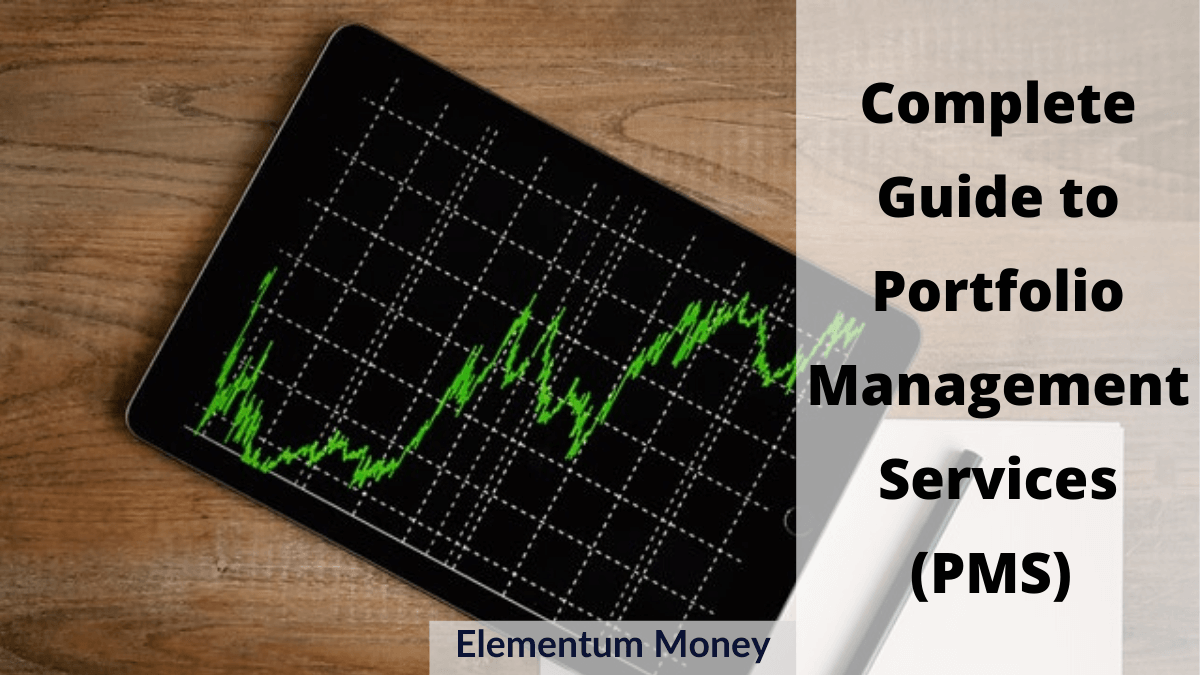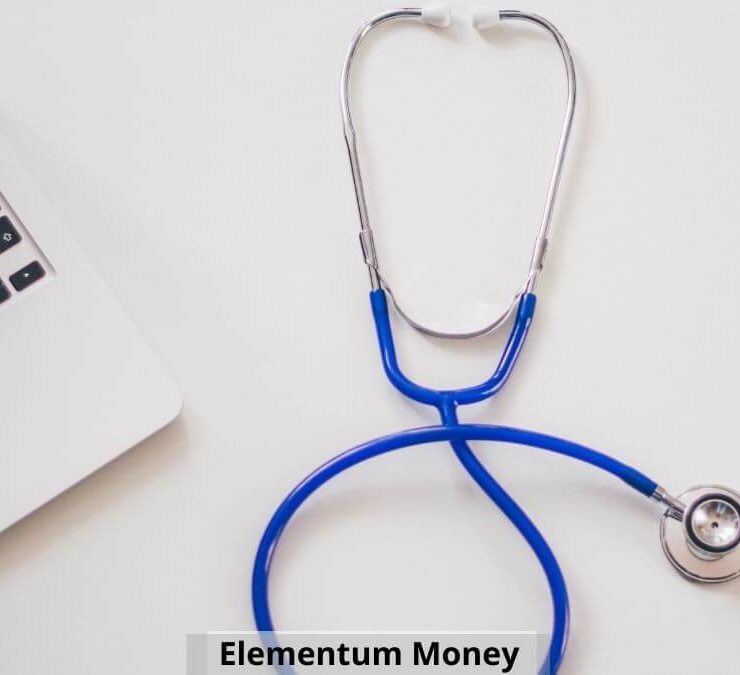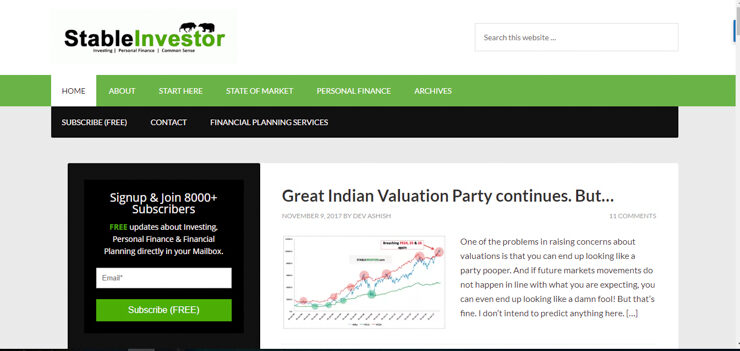The Indian personal finance landscape is increasingly getting more complicated with different and new products cropping up. Considering the fact that complexity holds a certain charm for investors, it makes the proposition only sweeter to players in the industry. Add to it the fact that when it comes to money, complex, exclusive products often make us feel as we have been elevated to another level altogether. Personally, I feel that while such products are good, as an investor and a guardian of your own money, one should get into something only after having a complete understanding. Which brings me to the point of today’s post to take you through an increasingly popular mode of investment in India – PMS or Portfolio Management Service.
What is a PMS?
A PMS or Portfolio Management Service is a professionally managed concentrated portfolio of either debt or equity assets. The investor gets a demat account and all assets are held directly in the name of the investor with the Power of Attorney mandate to the fund manager. So, essentially as an investor, you have a “look, don’t touch” relationship with your demat account under a PMS. In India, equity PMS-es are more popular with many more players and a much higher AUM being managed by the industry. Going forward in this post, wherever the distinction is not mentioned, by default a PMS is an equity PMS
Two main types of PMS
Even within equity PMS, there are two broad categories:
1. NDPMS or Non-Discretionary PMS
This PMS allows more control and participation to the investor. For any transaction, the investor is given the reasoning by the fund management and only after his or her documented approval is the transaction under taken. As you can imagine, investor portfolios under the same PMS could vary highly.
DPMS or Discretionary PMS
This is the more popular type of equity PMS. In this case the PMS strategy follows the method of having a model portfolio. At any given point, there is a list of stocks and portfolio weightage. When an investor enters the PMS, a new portfolio is created to mirror the model portfolio. Unless there are certain exceptions to stocks that the investor can buy, all portfolios in a PMS look alike at a given junction. However, the returns still vary on the basis of the entry point.
Key points about PMS
1. Minimum investment amount
Till very recently an investor could start enter a PMS with a minimum investment of Rs. 25 Lakh. However, recently (from 20th January, 2020) SEBI has increased this minimum entry amount to Rs. 50 Lakh. The idea is that a PMS is considered to be a higher risk and a higher return product compared to plain vanilla mutual funds. In view of that, SEBI wants to ensure that only a certain size of investors get on to this path.
2. Logistics
There is quite a bit of paper work involved in setting up a PMS account. When you decide to invest in one, you end up opening an account with the fund management, a demat account and an attached bank account. As mentioned earlier, the demat account gives you full transparency into your portfolio, including whatever dividends may be coming your way, which could either be reinvested or credited to the attached bank account depending on the particular PMS policy.
3. Taxation
All PMS providers give an audited statement of the investor accounts at the end of the financial year. In case of equity PMS, the taxation rules are pretty simple. For any transactions of less than one year holding, a short term capital gains tax of 15{76b947d7ef5b3424fa3b69da76ad2c33c34408872c6cc7893e56cc055d3cd886} is imposed. For any transactions with more than one year holding, there is a 10{76b947d7ef5b3424fa3b69da76ad2c33c34408872c6cc7893e56cc055d3cd886} long term capital gains tax on cumulative gains of more than Rs. 1,00,000 in that financial year. Apart from that, the statement also mentions any dividend received as that will now be taxed as per the investor income tax bracket.
4. Management Charges
Like mutual funds, PMS also comes with a management fees for the professional advice and service being provided. Within charges also, there are two structures. There is a fixed fee, whereby irrespective of the performance a pre-decided amount is charged of which 25{76b947d7ef5b3424fa3b69da76ad2c33c34408872c6cc7893e56cc055d3cd886} is deducted every quarter from the portfolio being managed. While there are PMS’es available at lower charge, 2.5{76b947d7ef5b3424fa3b69da76ad2c33c34408872c6cc7893e56cc055d3cd886} per annum is a common management fees across quite a few market player, of which 0.66{76b947d7ef5b3424fa3b69da76ad2c33c34408872c6cc7893e56cc055d3cd886} gets deducted every quarter.
The second type of management charge is the performance based fees. In this case, there is a fixed component and a performance based component. The performance based component comes into play only if the fund beats the promised or expected hurdle rate of performance. Confused? Let’s look at an example.
Suppose fund A has a performance based fee structure of 1.5{76b947d7ef5b3424fa3b69da76ad2c33c34408872c6cc7893e56cc055d3cd886} fixed + 20{76b947d7ef5b3424fa3b69da76ad2c33c34408872c6cc7893e56cc055d3cd886} on the performance above a hurdle rate of 12{76b947d7ef5b3424fa3b69da76ad2c33c34408872c6cc7893e56cc055d3cd886}
Now, in a given year the said PMS has given the investor a return of 17{76b947d7ef5b3424fa3b69da76ad2c33c34408872c6cc7893e56cc055d3cd886}. In that case the performance based component is calculated as 20{76b947d7ef5b3424fa3b69da76ad2c33c34408872c6cc7893e56cc055d3cd886} of the gap between the performance (17{76b947d7ef5b3424fa3b69da76ad2c33c34408872c6cc7893e56cc055d3cd886}) and the hurdle rate (12{76b947d7ef5b3424fa3b69da76ad2c33c34408872c6cc7893e56cc055d3cd886}). This comes to 20{76b947d7ef5b3424fa3b69da76ad2c33c34408872c6cc7893e56cc055d3cd886} of 5 which would imply 1{76b947d7ef5b3424fa3b69da76ad2c33c34408872c6cc7893e56cc055d3cd886}. So, the PMS fund management would earn the fixed of 1.5{76b947d7ef5b3424fa3b69da76ad2c33c34408872c6cc7893e56cc055d3cd886} plus the performance based component of 1{76b947d7ef5b3424fa3b69da76ad2c33c34408872c6cc7893e56cc055d3cd886} to make it 2.5{76b947d7ef5b3424fa3b69da76ad2c33c34408872c6cc7893e56cc055d3cd886}.
5. Setup
One of the most annoying parts of a PMS is the paper work. If you intend to invest in one, get ready to practice signing your name a crazy number of times.
Jokes aside, till recently most PMS providers used to charge 1{76b947d7ef5b3424fa3b69da76ad2c33c34408872c6cc7893e56cc055d3cd886} just to set up the account considering there are quite a few ancilliary accounts to the main PMS. However, as per the latest SEBI regulation, they are no longer allowed to charge any setup fees at all.
6. Exit load
A PMS is a higher risk equity instrument than Mutual funds considering the concentrated nature of the portfolio. With a longer investing horizon, there is a high probability of the risk reducing as well. In view of this, while mutual funds become exit load free after a mere one year, all PMS’es have an exit load for the first three years to incentivize the investor for the minimum recommended investing period of three years. While majority of the PMS providers follow a simple 3-2-1 policy, (3{76b947d7ef5b3424fa3b69da76ad2c33c34408872c6cc7893e56cc055d3cd886} exit load for any redemption before 1 year, 2{76b947d7ef5b3424fa3b69da76ad2c33c34408872c6cc7893e56cc055d3cd886} exit load for redemptions between 1 and 2 years, 1{76b947d7ef5b3424fa3b69da76ad2c33c34408872c6cc7893e56cc055d3cd886} exit load between 2 and 3 years), it could vary for some of them.
How is a PMS different from Mutual funds?
Now, the meat of the article. Considering mutual funds and PMS’es invest in the same instruments, be it equity or debt, how are they different? In my mind, mutual funds have a place in every investor’s portfolio. However, for investors who have a far higher surplus, following reasons make it an option to consider allocating some funds to a PMS in the portfolio:
1. No liquidity pressure
In mutual funds, all investors money is in one pool account. In such a scenario, the mutual fund management needs to ensure that they have enough provisions made for liquidity in case of a mass investor exodus. On the other hand, in a PMS the individual investor’s portfolio is invested in isolation and is untouched by any such redemption pressure.
2. Less regulation for more flexibility
Mutual funds are a heavily regulated industry considering how many investor funds they manage. While PMS is also regulated by SEBI, the governing rules are far more flexible. Unlike the strictly defined mutual fund categories with a minimum percentage of holdings, PMS fund management teams generally come up with their own strategy ideas which may not be replicated by any mutual funds.
3. More visible and personalized portfolio
Being a mutual fund holder and a stock owner are two very different experiences. As a PMS investor, they can login to the demat account at any time and see the portfolio along with it’s performance. More importantly, all communication from the invested companies also comes directly to the investor, be it dividends, stock split or rights issues. A lot of PMS’s also allow for personalization in case an investor does not or cannot invest in particular stocks.
How to choose a PMS
While all this sounds great, the PMS landscape is one mess to navigate through. There are more than enough mutual fund AMCs and small-time providers mushrooming in various parts of the country. How then do you choose a PMS that best serves your needs. Below are a few parameters to consider before taking the plunge:
1. Strategy
This has to be one of the key points of considerations, and admittedly is also the main point of differentiation between all portfolios. Ensure you are well aware of the theme, the direction of investing the fund will take and the kind of stocks that will be a part of the portfolio. PMS-es are anyway risky with their high concentration of 25-30 stocks. Make sure you choose a strategy that is well balanced.
2. Model portfolio
All DPMS or Discretionary PMS come with their model portfolio which will be mirrored across all investors in the scheme. Take a look at the model portfolio, see if you recognize the stocks even as a lay investor. Check for the market cap allocation and ideally go for a PMS which is multi-cap in nature.
3. Track record
This is a double edged sword. A track record, especially a long term one of 3 or more years gives an indication whether the portfolio is performing as per expectation or whether there have been hiccups. However, and this is a big however, make sure you do not fall for some superlative performances which come as a result of bull markets. For instance, small cap PMS-es sold like hot cakes considering a lot of them had returns of high double digits in the 1-year period. However, for people entering at such elevated levels, instead of the fantasized high returns, what they got was a similarly high fall as the market corrected. So, understand the reasons behind any extraordinary returns before falling in that trap.
4. Managing team
Managing a PMS is a high-expertise skill. Today, there are a lot of portfolios out there managed by people of varying experiences. Do your research and understand the experience of the person managing your money to ensure you have the confidence before handing over that privilege.
5. Operations and reporting
While a lot of “boutique” PMS firms might perform well, it still needs a well-oiled machinery to back it up. Check if you know anyone who has invested in your short listed PMS and what their experience has been. Do the people selling the PMS to you disappear once you have invested or are you onboarded correctly knowing that you will easily get whatever statements you might require?
Considering that a PMS starts with a minimum investment of Rs. 50 Lakh and incurs an exit load for the first three years of investing, it is a big decision. Accordingly, as an investor it is your responsibility to know everything about it as well as take all factors into consideration before making a decision.
In case, there are still more questions about a PMS in your mind, let me know in the comments below.





Leave a Reply